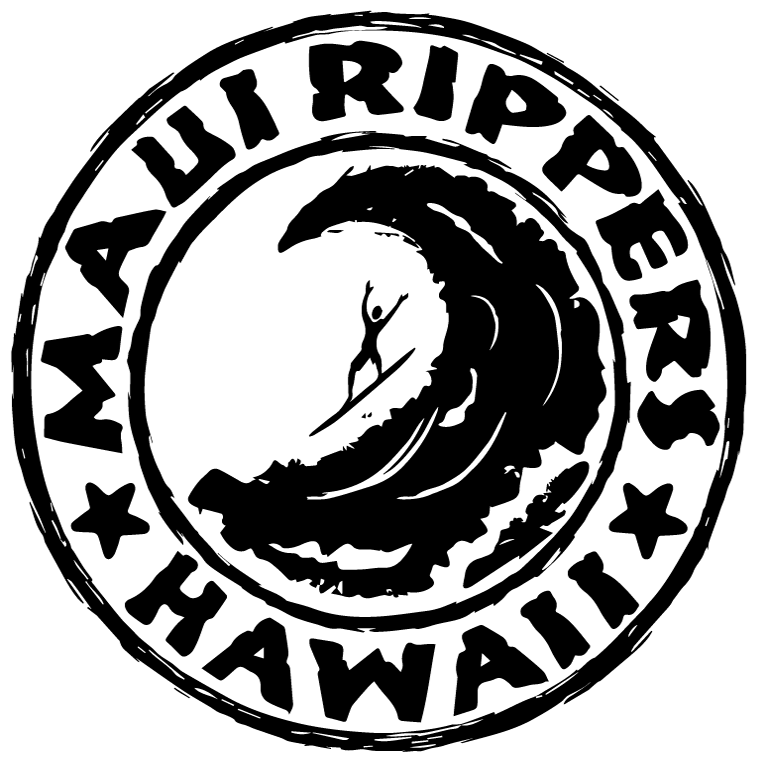
If you've ever been to the beach, you've probably seen brightly colored flags stuck in the sand around lifeguard towers and wondered, what do those mean?
And you're not alone! Even if you're a seasoned swimmer or surfer, you might not be familiar with the meanings behind all the different lifeguard flags.
Beach rescue patrols in the United States began using flags for their lifeguard duties in the early 1900s, and the practice quickly spread to other countries around the world.
Today, beach flags are recognized as universal symbols on the beach, with their bright colors and recognizable designs visible from afar and in different conditions.
Understanding beach flag systems is key to staying safe while you're enjoying your day at the beach, whether you're spending it on the sand or in the surf. After all, each color denotes something important about the ocean and its conditions.
So to help demystify this guard flag system, we've created a quick guide with the help of the USLA so you can understand lifeguard beach flags. Read on to learn about each one, and feel free to bookmark and share this guide with your friends and family!

Solid Yellow Flag
Meaning: Medium hazard
A medium hazard flag means that beachgoers should take caution. Watch out for rough waves, strong tides or rip currents, and keep children and weak swimmers supervised at all times.

Solid Red Flag
Meaning: High hazard
A high hazard red lifeguard flag means that the water conditions are considered extremely dangerous. When a red flag is present, you shouldn't enter the water to swim unless it's absolutely necessary and you are a very skilled swimmer.
While it's not universally recognized, it's worth noting that if you ever spot a double-red flag (two red flags on one post) on the beach, it means that the water is closed to the public.

Solid Purple Flag
Meaning: Dangerous marine life present
A solid purple flag means that dangerous marine animals or organisms such as jellyfish, toxic algae, string rays, or sharks are present in the water.
Many common marine animals can pose life-threatening danger to beachgoers, so it's important to stay out of the water when this flag is posted.

Red Over Yellow Flag
Meaning: Supervised swimming area
If you spot this flag on the beach, it's good news! The area marked by half-red, half-yellow flags is supervised by beach lifeguards and is considered safe to swim in. But always stay vigilant and careful, as conditions can sometimes change in an instant.

Black and White Checkered Flag
Meaning: Watercraft only area
An area marked with a black-and-white quartered flag means it's designated only for people on watercrafts like surfboards, kayaks, and paddleboards. Keeping swimmers and surfers separate significantly lowers the chance of accidents in the water, and keeps everyone safer.

Yellow with Black Circle Flag
Meaning: No watercrafts allowed
This flag is the opposite of the black-and-white checkered lifeguard flag, as this yellow flag with a black central circle means that it's a swimming-only zone, and all watercrafts are strictly prohibited in the designated area.

Orange Windsock/Funnel
Meaning: Strong offshore winds
While not your typical 'flag', if you see an orange windsock posted on the beach, it means that there are strong offshore winds (blowing from land to water) present.
When this flag is up, avoid using inflatable flotation devices like tubes and pool floats for your own safety (and be sure to secure your beach umbrellas).

Red and White Checkered Flag
Meaning: Evacuate the water!
If you see a red-and-white checkered flag posted, it indicates an emergency, and everyone must evacuate the water immediately. This lifeguard flag can denote any kind of ocean emergency, including a tsunami, hurricane, or shark sighting, as some examples.
Here's a summary of the flags we've discussed, as well as a few others that you may spot on the beach:

Conclusion
Knowing what each beach flag means can help you make the best decisions possible while visiting the beach this season.
Whether you're a new swimmer or an experienced veteran of the waves, it's essential to keep an eye out for the flags and use their signals as indicators when entering the water.
Now that you have a comprehensive understanding of all the beach safety flags and their importance, share this guide with your friends, family, or fellow lifeguards and help make this summer memorable and safe for everyone!
















